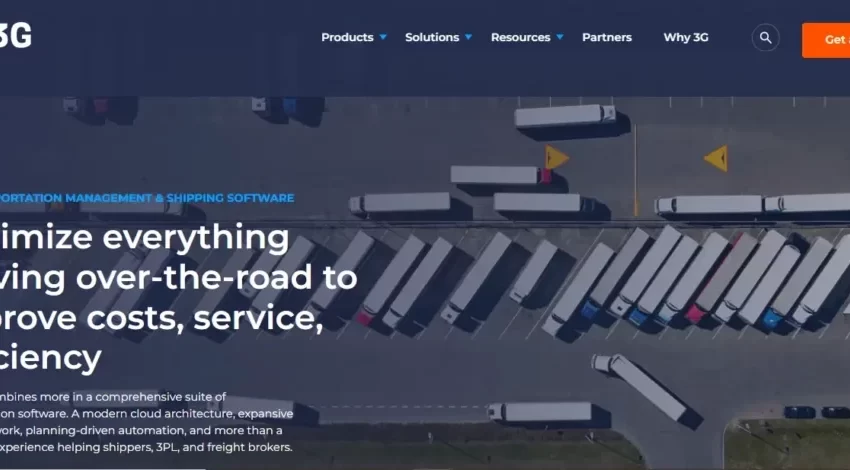Challenges in Last Mile Logistics and How to Solve Them
In the world of e-commerce and on-demand services, the last mile of delivery is often the most crucial and challenging part of the logistics process. This final stretch from a distribution center to the customer’s doorstep can make or break the entire customer experience. With rising customer expectations for fast and reliable delivery, businesses are under increasing pressure to optimize their last mile logistics operations.
Key Challenges in Last Mile Logistics
1. Traffic Congestion
One of the biggest challenges in last mile logistics is navigating through heavy traffic in urban areas. With more online orders being delivered than ever before, delivery drivers often face congestion, road closures, and limited parking options. This can lead to delays, missed deliveries, and unhappy customers.
2. Cost and Efficiency
Last mile logistics are also costly, with high transportation expenses cutting into profit margins. Finding the most efficient routes, optimizing delivery schedules, and minimizing empty miles are all critical to reducing costs and improving overall efficiency.
3. Customer Expectations
Today’s customers expect fast, convenient, and transparent delivery services. Meeting these expectations can be a challenge, especially when faced with unpredictable factors like weather, traffic, and delivery volume. Failing to meet customer expectations can result in negative reviews and a loss of business.
4. Sustainability
With growing concerns about environmental impact, businesses are under pressure to make their last mile logistics operations more sustainable. This includes reducing emissions, using alternative fuels, and exploring eco-friendly delivery options like electric vehicles and bicycles.
How to Solve Last Mile Logistics Challenges
1. Route Optimization Software
Investing in route optimization software can help businesses plan the most efficient delivery routes, reduce travel time, and minimize fuel consumption. By leveraging real-time data and analytics, businesses can optimize their logistics operations and improve overall efficiency.
2. Collaboration with Third-Party Logistics Providers
Partnering with third-party logistics providers can help businesses overcome the challenges of last mile logistics. These providers have the expertise, resources, and network to streamline delivery operations, reduce costs, and improve customer satisfaction.
3. Implementing Delivery Lockers and Pickup Points
Offering delivery lockers and pickup points can provide customers with more flexibility and convenience. This can help reduce the number of failed delivery attempts, minimize the risk of package theft, and improve the overall delivery experience for customers.
4. Leveraging Technology
Technology plays a crucial role in solving last mile logistics challenges. Implementing GPS tracking, real-time notifications, and delivery scheduling tools can help businesses keep customers informed, optimize delivery routes, and improve overall efficiency.
5. Investing in Sustainable Practices
To address sustainability concerns, businesses can explore eco-friendly delivery options like electric vehicles, bicycles, and drones. Implementing green initiatives can not only reduce emissions but also appeal to environmentally conscious customers.
Conclusion
Last mile logistics present a variety of challenges for businesses, from traffic congestion to customer expectations to sustainability concerns. By implementing innovative solutions, leveraging technology, and collaborating with third-party providers, businesses can overcome these challenges and improve their last mile logistics operations. Meeting customer expectations, reducing costs, and embracing sustainability are key to succeeding in the fast-paced world of last mile logistics.


